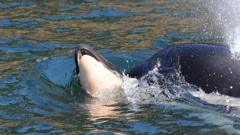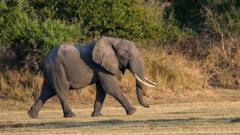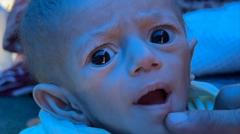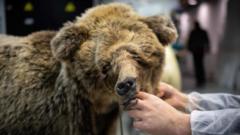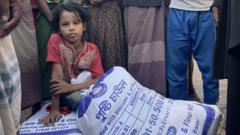In a poignant reminder of the challenges faced by endangered species, killer whale J35, affectionately known as Tahlequah, has been seen carrying the body of her deceased calf off the coast of Seattle. This marks yet another instance of mourning for the whale, which previously drew global attention in 2018 when she was observed pushing the lifeless body of her newborn for an agonizing 17 days.
Tahlequah's tragic experience underscores the struggles that Southern Resident killer whales face, with the Center for Whale Research categorizing the loss of any calf as a "tremendous loss." However, the recent death of her calf is particularly devastating as it adds to her history of tragedy—Tahlequah has lost two out of her four documented calves, both of which were female.
Southern Resident killer whales are currently listed as endangered by both Canada and the United States, as they rely heavily on the declining population of Chinook salmon for nourishment. Research conducted by the University of Washington indicates that failures in reproduction amongst these whales are linked to their nutritional access to these vital fish.
Tahlequah and other Southern Resident killer whales have demonstrated remarkable endurance, traveling an average of 120 kilometers (75 miles) daily in search of sustenance. This most recent sighting serves as a sobering reminder of the precarious situation facing this iconic marine mammal, highlighting the urgent need for continued conservation efforts.

